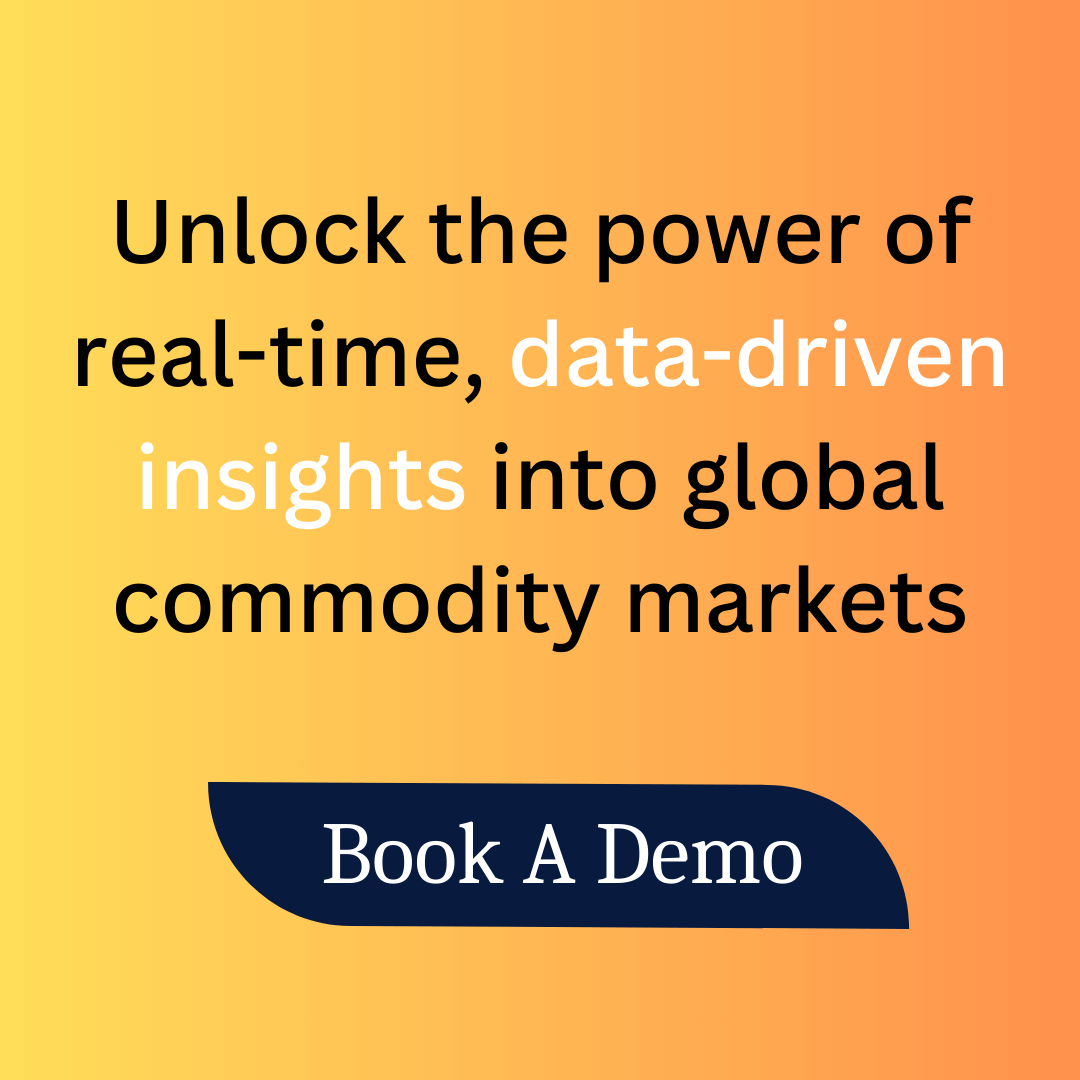


EPDM Rubber Prices in 2025: What’s Going On and What to Expect Next
In 2025, the EPDM rubber price trend has become a hot topic for many businesses and industries that rely on synthetic rubber materials. EPDM, or Ethylene Propylene Diene Monomer rubber, is used in a wide range of applications such as automotive seals, roofing membranes, electrical insulation, and industrial hoses. Because of its excellent resistance to weather, heat, and ozone, it’s a preferred choice in both construction and automotive sectors. As we step into 2025, prices have shown some mixed signals partly steady, partly fluctuating depending on demand, raw material supply, and global market shifts.
👉 👉 👉 Please Submit Your Query for EPDM Rubber price trend, forecast and market analysis: https://www.price-watch.ai/contact/
How the EPDM Rubber Market is Performing in 2025
The EPDM rubber market in 2025 is in a phase of gradual growth, but not without its ups and downs. In early 2025, prices remained somewhat stable compared to the volatile nature seen in the last couple of years, especially during the post-pandemic recovery. This stability is largely due to improved supply chains and consistent raw material availability. However, energy prices especially for natural gas and crude oil are still playing a big role in shaping production costs. This year, the demand for EPDM rubber has seen steady growth, particularly from the automotive and construction sectors, which are bouncing back with new projects and increased production. Automakers are increasing their focus on EVs (electric vehicles), and EPDM plays a key role in weather sealing and under-the-hood components in these vehicles. This trend is pushing EPDM consumption higher and keeping the market active.
What’s Driving the Market Size and Growth in 2025
The global EPDM rubber market size in 2025 is expanding at a slow but steady pace. Analysts estimate a moderate compound annual growth rate (CAGR) of around 4% to 5% through the next few years. Several factors are behind this growth. First, the world is becoming more urbanized, with construction projects booming in parts of Asia and the Middle East. EPDM is widely used in roofing, window seals, and waterproofing systems, so any growth in housing or commercial construction means more demand. Second, automotive manufacturing is picking up, not just in North America and Europe, but also in emerging markets. And third, EPDM is now being used in more specialized industrial applications, such as high-voltage insulation and solar panel framing. As the world turns to clean energy and advanced infrastructure, the need for long-lasting, weather-resistant materials like EPDM continues to rise.
Market Opportunities and Challenges This Year
2025 presents both opportunities and challenges for EPDM rubber producers and buyers. On the opportunity side, there’s a growing demand in developing economies, especially in countries like India, Indonesia, and Brazil. These regions are seeing major investments in construction, infrastructure, and automobile assembly lines. At the same time, opportunities are arising in green building materials, where EPDM’s durability and recyclability make it an attractive option. However, on the challenge side, environmental regulations are becoming stricter. Some countries are tightening rules on emissions from synthetic rubber production, which may lead to higher production costs. There’s also competition from alternative elastomers and rubber materials, some of which are being marketed as more eco-friendly. For producers, balancing cost, compliance, and customer needs is becoming more complex, and smart players are investing in R&D and sustainable practices to stay competitive.
Who Are the Major Players in the Market
Several global companies are leading the EPDM rubber market in 2025. These include names like Dow, ExxonMobil, Arlanxeo, Lion Elastomers, Mitsui Chemicals, and Kumho Petrochemical. These companies are not only large in scale but also investing heavily in new technologies, production expansion, and sustainability efforts. For example, some producers are exploring bio-based EPDM alternatives, which could reduce the environmental impact of manufacturing. These big players often set the tone for pricing and supply in the global market, and their performance has a ripple effect across regions. Smaller players and regional manufacturers also exist, especially in Asia, where local demand is high, and customization is more common. The competition between global giants and regional suppliers keeps prices in check and encourages innovation in product offerings.
